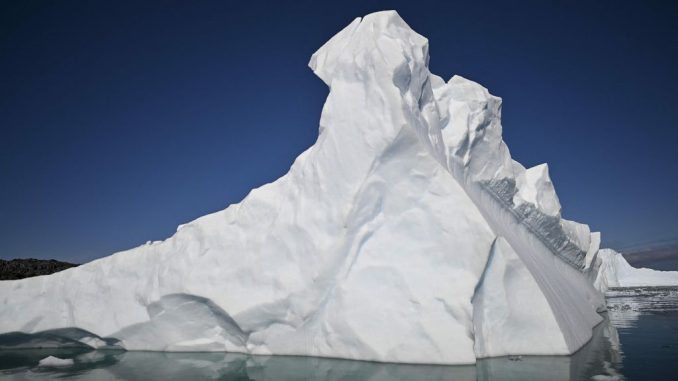
Due to the melting of the ice caps, the Earth rotates slightly slower
Due to the melting of the polar ice caps, the Earth rotates more slowly on its axis. This is evident from a study published in the scientific journal PNAS. The researchers have calculated that melting means that a day per century lasts 1.33 milliseconds longer. That could become even longer if global warming continues.
It is assumed that a day lasts 24 hours, or 86,400 seconds. The world clock is based on this, but very precise measurements with atomic clocks since the 1970s show very small time differences.
Digital systems and computers are linked to these atomic clocks. To correct the time differences, a second is sometimes added, a so-called ‘leap second’. That has happened 27 times since 1972.
Computers and digital systems are not designed for this, so leap seconds can cause minor disruptions. Space travel can also be affected because exact times are very important there, for example when landing spaceships.
Carousel in the playground
Polar caps have been melting faster since the year 2000 due to global warming. Due to the melting of the ice caps in Greenland and Antarctica, more meltwater collects around the equator. This makes the Earth less round, as it were, and rotates less quickly on its axis. When the Earth rotates more slowly, days last fractionally longer.
Earth scientist Rosa de Boer tells the NOS Radio 1 Journaal that she thinks of a merry-go-round in a playground: “If you sit on a merry-go-round as a child and you spin around, it goes quickly. But if you let yourself hang out for a while the merry-go-round slows down. That’s actually exactly how it happens on Earth.”
How long a day lasts has been determined for billions of years by the phase of the moon. According to the researchers, the melting of the polar ice caps may increasingly influence the length of a day.

Be the first to comment